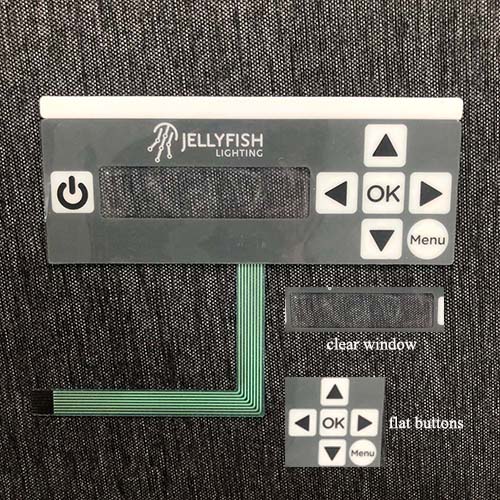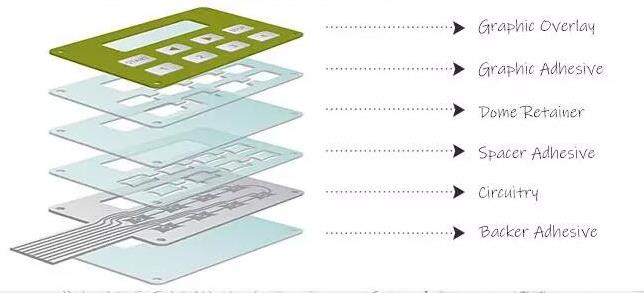Elon Musk recently confirmed that Tesla is working on its own specialized artificial intelligence hardware, claiming it will be the best in the world. This revelation has sparked renewed interest in Tesla's efforts to build custom chips for autonomous driving, a move that reflects the company’s long-term vision of self-driving technology.
This isn’t the first time Tesla has hinted at developing its own chip. In 2017, Musk announced at the NIPS conference that Tesla was working on AI chips to enhance its vehicle's driving capabilities. He also predicted that a fully autonomous car would be available within two years. Since then, Tesla has been quietly building a dedicated team to design these chips, with Jim Keller—renowned for his work on AMD’s Zen architecture—leading the effort.
According to reports, Tesla has assembled a 50-person team under Keller’s supervision to develop an AI chip tailored for autonomous driving. The company currently has over 1.3 billion miles of autopilot data, which will be used to train and refine this new chip. The goal is to significantly improve computing efficiency, enabling more advanced driverless features.
Nvidia, once a key partner for Tesla’s self-driving systems, may no longer meet the company’s growing demands. While Tesla still uses Nvidia’s GPUs, the need for faster, more efficient, and customized processing power has pushed the company to explore in-house solutions.
Meanwhile, competition in the AI chip market is intensifying. Companies like Google (Alphabet), Apple, and even domestic players such as Cambric are making waves in the field of autonomous driving. Cambric, for example, is already supplying chips to Huawei and plans to release a processor specifically for self-driving applications next year.
On the same day Musk announced Tesla’s AI chip development, Nvidia’s CEO Jensen Huang unveiled the Titan V, a high-performance GPU with nine times the speed of its predecessor. Despite the impressive specs, the price remained relatively low at $3,000.
Huang has always expressed admiration for Tesla, even owning multiple models. However, he remains open to competition, acknowledging that other companies are pushing the boundaries of what’s possible in autonomous driving.
As Tesla moves forward with its custom AI chip, the tech landscape is becoming more dynamic. Whether or not the chip will be sold externally remains unclear, but its impact on the AI chip industry is already being felt. With more players entering the space, the race for innovation in self-driving technology is just beginning.
Membrane Switch
What is a membrane switch?
A membrane switch is an operating system integrating key function, indicating element and instrument panel. The membrane switch, also called a membrane keyboard or membrane keypad, is a custom switch assembly that uses pressure to open or close the conducting path in an electrical circuit. The ultimate purpose of a membrane switch is to serve as the interface between man and machine, enabling an operator to communicate with a piece of equipment, instrument, or machinery. Membrane switches are still consistently utilized as user interfaces for a wide range of products from industrial machinery to medical devices to agricultural equipment. Even the most rigorous of industries can count on proven membrane switch technology to provide a reliable, long-lasting human-machine interface.

How about the construction of a membrane switch?
A membrane switch assembly differs from traditional mechanical switches. Membrane switches are essentially a sandwich of thin layers that are bonded together using pressure sensitive adhesives. The layers of a basic membrane switch construction include: a membrane overlay, spacer, printer circuit, rear adhesive, and tail filler. Other electronic components can be implemented, as well, such as discrete LEDs, backlighting sources, and connectors that make membrane switches easy to integrate into other systems or devices. Each layer in a membrane switch assembly serves a different purpose, and custom features require the addition of specialty layers. Depending on the environment and requirements of the application into which the membrane switch plugs into, the construction can vary.

Membrane Switch,Membrane Keypad Switch,Customized Membrane Switch,Custom Membrane Switch
CIXI MEMBRANE SWITCH FACTORY , https://www.cnjunma.com

